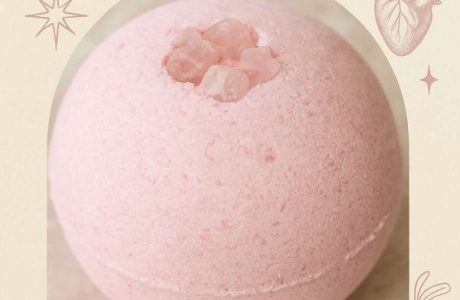
If you’ve noticed your skin looking a little dull, tired, or just in need of a glow-up (especially during those hormonal rollercoasters or dry seasonal shifts), an apple cider vinegar skin peel might be just the refresh button your face is craving. And no—we’re not talking harsh acids or pricey spa treatments. This homemade version uses pantry staples to gently exfoliate, brighten, and balance your skin, all in under 15 minutes.
Perfect for mature or sensitive skin types (hi there, fellow rosacea warriors), this natural skin peel uses the power of alpha hydroxy acids (AHAs) found in apple cider vinegar and a touch of fruit enzymes to slough off dead skin and reveal that soft, healthy glow underneath.
Why Apple Cider Vinegar?
Apple cider vinegar (ACV) is a bit of a skin-care hero in disguise. When diluted properly, it helps:
- Exfoliate naturally using gentle acids
- Balance pH levels of the skin
- Reduce age spots and dullness
- Tighten pores and tone without stripping
- Calm breakouts (hormonal acne, anyone?)
Just be sure you’re using raw, unfiltered ACV with the mother—that cloudy sediment is where the real magic lives.
DIY Apple Cider Vinegar Skin Peel Recipe
Ingredients:
- 1 tablespoon raw, unfiltered apple cider vinegar
- 1 tablespoon brewed green tea (cooled) or chamomile tea for sensitive skin
- 1 teaspoon raw honey
- Optional: ½ teaspoon mashed banana or papaya (for enzyme boost)
- Cotton pad or soft facial brush
Instructions:
- Prep your face
Cleanse your face thoroughly, removing all makeup and oils. Pat dry with a soft towel. - Mix your mask
In a small bowl, stir together the apple cider vinegar, tea, and honey. Add mashed fruit if you’re using it for that little boost of skin-smoothing enzymes. - Apply the peel
Using a cotton pad or brush, gently sweep the mixture across your face, avoiding the eye area. You’ll feel a light tingle—totally normal. If it burns or stings, rinse it off immediately and dilute your vinegar more next time. - Wait + relax
Let it sit for 5–10 minutes, tops. (Start with 3 minutes if you’re new to facial peels.) - Rinse and moisturize
Rinse thoroughly with cool water, pat dry, and follow up with a nourishing facial oil or moisturizer. I love using rosehip oil or a light shea butter cream afterward for extra glow.
How Often Can You Use This Peel?
For most skin types, once a week is plenty. It’s tempting to go overboard once you see results, but your skin needs time to renew. If your skin is on the sensitive side, try every 10–14 days.
Tips for Best Results
- Always patch test behind your ear or on your inner arm before using anything new on your face.
- Avoid sun exposure right after—AHAs can make your skin more sensitive to UV rays.
- Use this peel at night and follow with SPF the next morning.
- Make it a ritual. Brew a cup of herbal tea, light a candle, and enjoy a little skin-lovin’ moment.
Real Talk: What to Expect
You might not see dramatic results after just one use—but with regular use, this DIY peel can help with:
- Fine lines
- Dullness
- Uneven skin tone
- Post-breakout dark marks
It’s a slow, natural glow-up—think of it like compost for your skin. Not pretty at first, but oh, the payoff.
Bonus Variation: Brightening ACV Peel with Turmeric
For days when your skin feels puffy or tired:
- Add a pinch of turmeric to the mix
- Replace green tea with rosewater
This combo is lovely for brightening tired skin and calming inflammation.
There’s something deeply satisfying about whipping up a skin treatment from kitchen staples—especially when it actually works. This DIY apple cider vinegar peel is proof that sometimes, the best skincare isn’t found in a bottle at the beauty counter, but in your pantry and a bit of self-care time.
If you’re already making your own vinegar hair rinses or herbal toners, this one’s an easy add-on to your natural beauty routine. Your skin—and your wallet—will thank you.





Leave a Reply